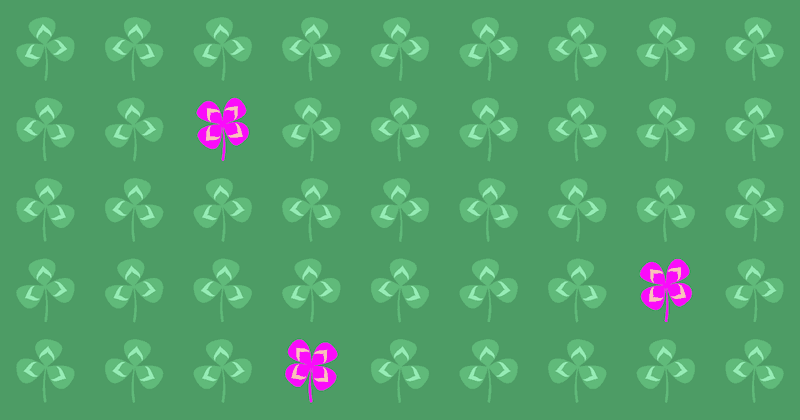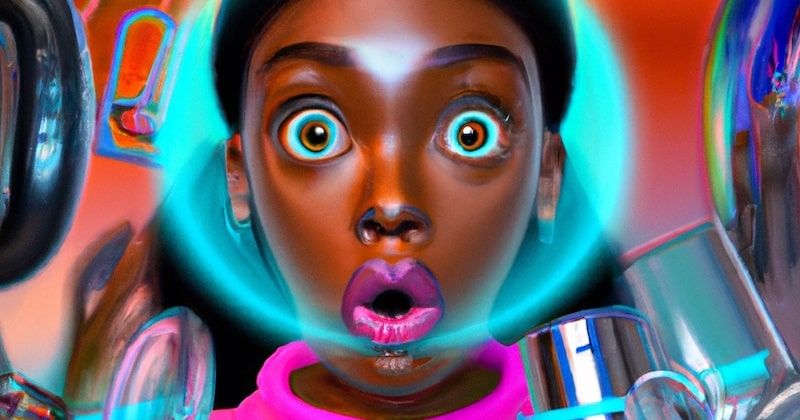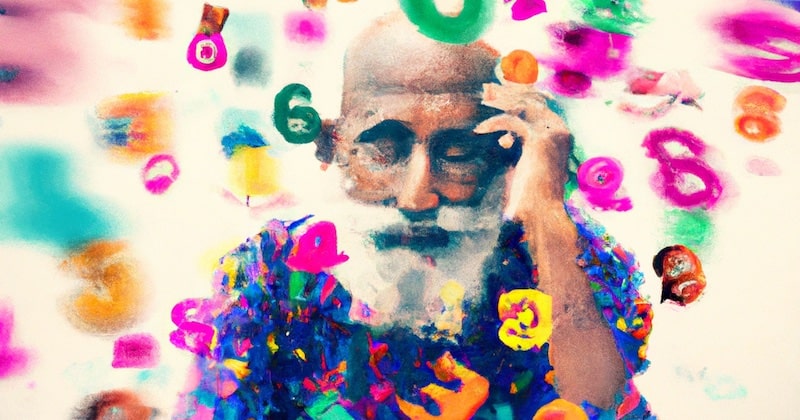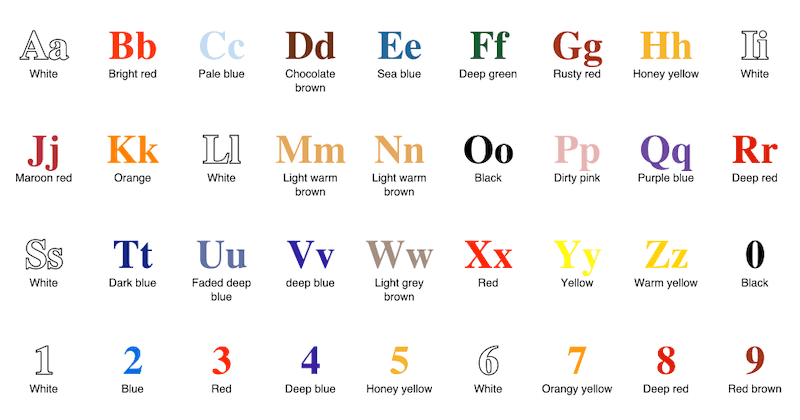Synesthesia
I have synesthesia and I'm fascinated by the subject.
Synesthesia can be explained as a kind of mixture or cross-wiring of the senses. It's a condition in which one type of stimulation evokes the sensation of another, as when the hearing of a sound produces the visualization of a color. This secondary stimulus does not replace the primary one but is an additionally perceived input. In this regard, synesthetes can quite often see more when they look out on the world.
There are many forms of synesthesia and no two people who have this condition are the same.





 Web design
Web design
 Architecture
Architecture
 Life drawing
Life drawing
 Art gallery
Art gallery
 Synesthesia
Synesthesia
 Comics
Comics